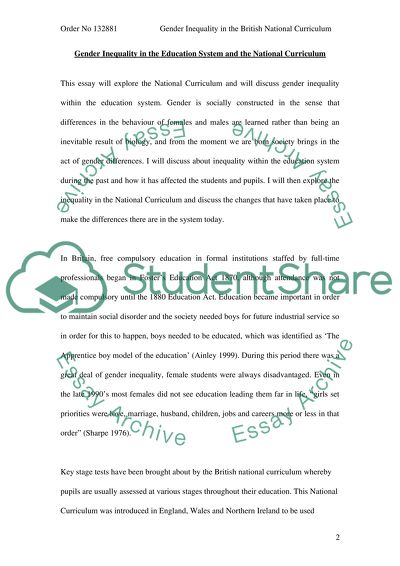Cite this document
(“Gender Inequality in the British National Curriculum Essay”, n.d.)
Gender Inequality in the British National Curriculum Essay. Retrieved from https://studentshare.org/education/1514874-gender-inequality-in-the-british-national-curriculum
Gender Inequality in the British National Curriculum Essay. Retrieved from https://studentshare.org/education/1514874-gender-inequality-in-the-british-national-curriculum
(Gender Inequality in the British National Curriculum Essay)
Gender Inequality in the British National Curriculum Essay. https://studentshare.org/education/1514874-gender-inequality-in-the-british-national-curriculum.
Gender Inequality in the British National Curriculum Essay. https://studentshare.org/education/1514874-gender-inequality-in-the-british-national-curriculum.
“Gender Inequality in the British National Curriculum Essay”, n.d. https://studentshare.org/education/1514874-gender-inequality-in-the-british-national-curriculum.


